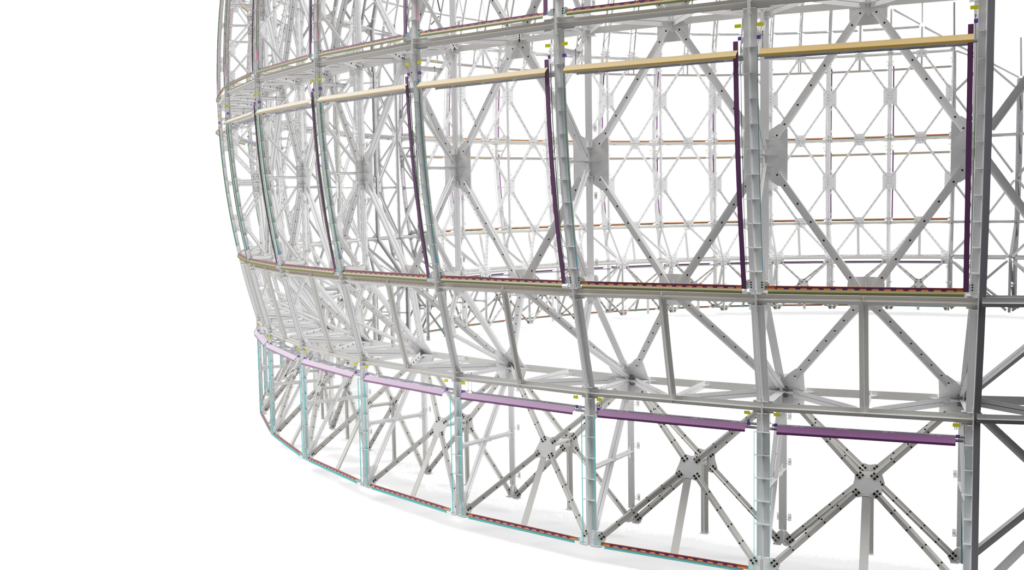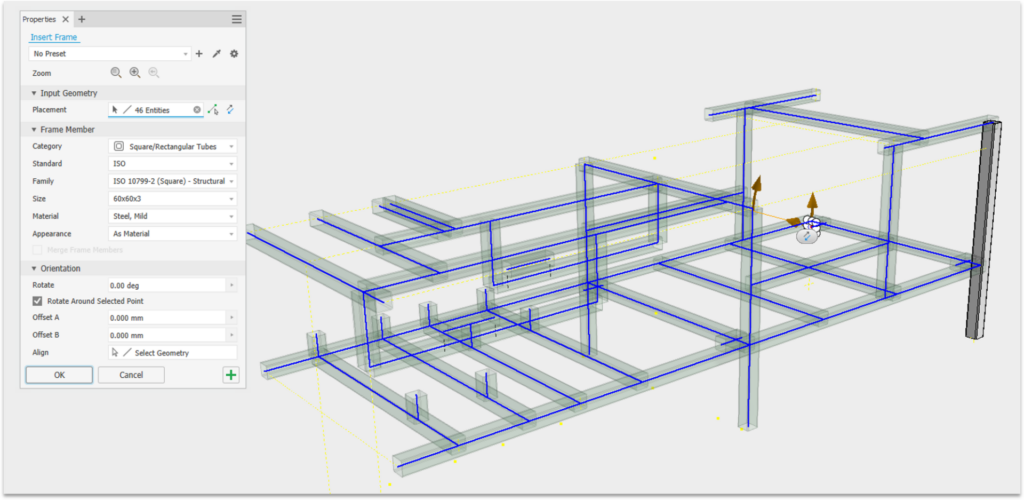& Construction

Integrated BIM tools, including Revit, AutoCAD, and Civil 3D
& Manufacturing

Professional CAD/CAM tools built on Inventor and AutoCAD
6 min read
Learn how Autodesk Inventor enhances mechanical design by streamlining the process, reducing tasks, and improving precision and efficiency.
Precise, powerful, and ready for innovation with Autodesk Inventor.
Mechanical design is an intricate process that requires precision, foresight, and efficient use of tools. Autodesk Inventor is a powerful software that can significantly streamline this process if used effectively. Here are some strategies to accelerate your mechanical design using Autodesk Inventor.

When starting on a new machine design, it’s important to identify the main item around which the assembly will be built. In many cases, your design process begins with a model provided by a customer. This model becomes the core around which you build your machine. It’s essential to integrate this initial model efficiently, ensuring that all subsequent components align correctly and function as intended.
Planes can make your assemblies look messy and can quickly clutter your workspace, making the design process cumbersome. To maintain a clean and manageable design environment, it’s important to control the visibility of these planes. Here are 2 recommendations:

Skeletal modeling is a technique that can significantly enhance the flexibility and stability of your design. A skeletal model contains planes, axes, and sketch geometry that serve as reference points for assembling the machine. Here are some benefits of skeletal modeling:
When a sub-assembly is initially placed within an assembly, the parts contained within are fixed. This can limit the ability to visualize movement and interactions within the mechanism. However, by changing the sub-assembly to flexible, the assembly wrapper is ignored, allowing you to drag parts around or control them with constraints. This flexibility is incredibly useful for analyzing the movement of mechanisms within your machine design.
To enable flexibility in a sub-assembly:
This process allows for a more accurate and controlled way of testing your mechanism’s movement, providing a clearer understanding of how your sub-assemblies will perform within the larger assembly.
Design automation is a powerful way to save time and reduce repetitive tasks. iLogic, a rules-based design engine integrated into Inventor allows you to define rules to quickly reconfigure your designs. This is particularly beneficial for designs with numerous configurations. The intuitive interface of iLogic means that even users without advanced programming skills can create and implement rules, making it accessible to all Inventor users. Forms can also be used to fill out title blocks in drawings, significantly reducing the busy work that takes away from design time.
Managing performance is extremely important in mechanical design, especially when working with large assemblies. Autodesk Inventor offers several features and best practices to optimize performance:
Design accelerators in Autodesk Inventor are essentially component generators and calculators for purchased components like shafts, fasteners, gears, belts, and pulleys. As an example, the synchronous belts tool, allows users to automate the creation of belt assemblies, pulley wheels, and idler arms. You can use existing components or let the tool generate new ones. By selecting the appropriate belt type and specifying a mid-plane, such as ‘key center’, Inventor provides a belt preview. Users can then define the belt width and select shafts for the pulleys, with customization options like adjusting the number of pulley teeth. Once set, Inventor creates and inserts the pulley and belt sub-assembly into the main assembly. This tool not only generates the entire assembly but also allows for easy modifications through the same interface used initially.

Traditionally, creating frames can be laborious, but Inventor’s frame generator simplifies this mechanical design process. It begins with a skeleton sketch, which serves as the framework’s foundation. You then select cross-sectional profiles to add to this sketch by picking lines or points. Customization is easy in the ‘frame m section, where you can choose members and apply various end treatments like miters or end caps. Right clicking a member allows you to edit its size while preserving end treatments. The point-to-point option helps bridge members between points, cutting them to the necessary length. You can quickly select multiple lines and disable unwanted reference lines. The Bill of Materials (BOM) displays each member’s length and total combined length, assisting in cut list creation and ERP ordering. The frame generator lets you customize profiles, sizes, and materials, and add finishes. It adjusts intersecting frames, resolves overlaps, and updates frame lengths when sketch dimensions change.
Model states in Inventor enables multiple representations of parts and assemblies within a single file. Each model state can feature different dimensions, components, and parameters, providing flexibility and efficiency. They support various workflows, from machining operations and product family creation to weldments and sheet metal stages. The finish feature, is also supported by model states, enhancing workflows like sheet metal bending. For example, a cardboard box can be represented in different folding stages using model states, starting from a flat net to the completed box by creating and managing states like ‘first fold,’ ‘second fold,’ and ‘third fold.’ In assemblies, these states can be accessed to show the box at various stages of packaging. This capability ensures detailed, accurate documentation and visualization, significantly improving design management and efficiency.
Autodesk Inventor offers a comprehensive suite of tools and features that significantly enhance the mechanical design process. Start accelerating your mechanical design processes, reducing repetitive tasks, and achieving higher design precision today.
May we collect and use your data?
Learn more about the Third Party Services we use and our Privacy Statement.May we collect and use your data to tailor your experience?
Explore the benefits of a customized experience by managing your privacy settings for this site or visit our Privacy Statement to learn more about your options.